F10 will issue its shares on the SDX platform. The shares will be tokenized, the share registry service is provided by Aequitec, a Swiss company that assists firms in transitioning to the digital space.
The benefits of tokenized stocks are liquidity and efficiency. The number of traders/investors may be greater in a digital environment. Orly Grinfeld, the EVP/Head of Clearing at Tel Aviv Stock Exchange, said recently that Israel is exploring the tokenization Tokenization Tokenization represents the process of substituting a sensitive data element with a non-sensitive equivalent, i.e. token, which bears no extrinsic or exploitable meaning or value. In essence, the rights to the ownership of an asset are converted into a digital token. Tokenization can be used to own an entire unit of an asset. For example, one token that represents the ownership of a piece of real estate or to split ownership of a single unity of an asset such as 200,000 tokens, each one representing 0.05% of a piece of real estate.Tokenization has been described as the future of ownership. Some analysts believe that one day, tokenized systems will completely replace paper certification-based ownership systems. However, blockchain-based ownership records are not currently recognized as legally valid in most places in the world. Tokenization combined with blockchain is quite powerful, while also being useful in terms of PCI data security. When a token is issued on a blockchain, the blockchain records the issuance and maintains a ledger of every single movement of that token.A notable feature of blockchain with regards to tokens is that it controls for the double-spend issue. Prior to the innovation of blockchain, any digital asset such as an image, or document, could be copied an infinite number of times by anyone with access to it. Exploring Possibilities of Asset TokenizationBy overcoming the double-spend problem, blockchain can now facilitate the use of tokens that can be used in a similar way to casino chips or banknotes. This has opened up tokens as a vehicle for investment in multiple projects.Asset tokenization reflects the next evolution in tokenization. Tokenizing an asset involves issuing a digital token on a blockchain. As such, the token represents an underlying tangible or intangible asset. In this way, the economic value of the asset is conferred to the token. The ownership of the asset is represented by ownership of the token on the blockchain. Tokenization represents the process of substituting a sensitive data element with a non-sensitive equivalent, i.e. token, which bears no extrinsic or exploitable meaning or value. In essence, the rights to the ownership of an asset are converted into a digital token. Tokenization can be used to own an entire unit of an asset. For example, one token that represents the ownership of a piece of real estate or to split ownership of a single unity of an asset such as 200,000 tokens, each one representing 0.05% of a piece of real estate.Tokenization has been described as the future of ownership. Some analysts believe that one day, tokenized systems will completely replace paper certification-based ownership systems. However, blockchain-based ownership records are not currently recognized as legally valid in most places in the world. Tokenization combined with blockchain is quite powerful, while also being useful in terms of PCI data security. When a token is issued on a blockchain, the blockchain records the issuance and maintains a ledger of every single movement of that token.A notable feature of blockchain with regards to tokens is that it controls for the double-spend issue. Prior to the innovation of blockchain, any digital asset such as an image, or document, could be copied an infinite number of times by anyone with access to it. Exploring Possibilities of Asset TokenizationBy overcoming the double-spend problem, blockchain can now facilitate the use of tokens that can be used in a similar way to casino chips or banknotes. This has opened up tokens as a vehicle for investment in multiple projects.Asset tokenization reflects the next evolution in tokenization. Tokenizing an asset involves issuing a digital token on a blockchain. As such, the token represents an underlying tangible or intangible asset. In this way, the economic value of the asset is conferred to the token. The ownership of the asset is represented by ownership of the token on the blockchain. Read this Term of stocks.
Blockchain Blockchain Blockchain comprises a digital network of blocks with a comprehensive ledger of transactions made in a cryptocurrency such as Bitcoin or other altcoins.One of the signature features of blockchain is that it is maintained across more than one computer. The ledger can be public or private (permissioned.) In this sense, blockchain is immune to the manipulation of data making it not only open but verifiable. Because a blockchain is stored across a network of computers, it is very difficult to tamper with. The Evolution of BlockchainBlockchain was originally invented by an individual or group of people under the name of Satoshi Nakamoto in 2008. The purpose of blockchain was originally to serve as the public transaction ledger of Bitcoin, the world’s first cryptocurrency.In particular, bundles of transaction data, called “blocks”, are added to the ledger in a chronological fashion, forming a “chain.” These blocks include things like date, time, dollar amount, and (in some cases) the public addresses of the sender and the receiver.The computers responsible for upholding a blockchain network are called “nodes.” These nodes carry out the duties necessary to confirm the transactions and add them to the ledger. In exchange for their work, the nodes receive rewards in the form of crypto tokens.By storing data via a peer-to-peer network (P2P), blockchain controls for a wide range of risks that are traditionally inherent with data being held centrally.Of note, P2P blockchain networks lack centralized points of vulnerability. Consequently, hackers cannot exploit these networks via normalized means nor does the network possess a central failure point.In order to hack or alter a blockchain’s ledger, more than half of the nodes must be compromised. Looking ahead, blockchain technology is an area of extensive research across multiple industries, including financial services and payments, among others. Blockchain comprises a digital network of blocks with a comprehensive ledger of transactions made in a cryptocurrency such as Bitcoin or other altcoins.One of the signature features of blockchain is that it is maintained across more than one computer. The ledger can be public or private (permissioned.) In this sense, blockchain is immune to the manipulation of data making it not only open but verifiable. Because a blockchain is stored across a network of computers, it is very difficult to tamper with. The Evolution of BlockchainBlockchain was originally invented by an individual or group of people under the name of Satoshi Nakamoto in 2008. The purpose of blockchain was originally to serve as the public transaction ledger of Bitcoin, the world’s first cryptocurrency.In particular, bundles of transaction data, called “blocks”, are added to the ledger in a chronological fashion, forming a “chain.” These blocks include things like date, time, dollar amount, and (in some cases) the public addresses of the sender and the receiver.The computers responsible for upholding a blockchain network are called “nodes.” These nodes carry out the duties necessary to confirm the transactions and add them to the ledger. In exchange for their work, the nodes receive rewards in the form of crypto tokens.By storing data via a peer-to-peer network (P2P), blockchain controls for a wide range of risks that are traditionally inherent with data being held centrally.Of note, P2P blockchain networks lack centralized points of vulnerability. Consequently, hackers cannot exploit these networks via normalized means nor does the network possess a central failure point.In order to hack or alter a blockchain’s ledger, more than half of the nodes must be compromised. Looking ahead, blockchain technology is an area of extensive research across multiple industries, including financial services and payments, among others. Read this Term technology can significantly enhance traditional financial services.
Massimo Butti, the Head of Equity at SDX, said: “An ecosystem that supports private companies in their funding journey and reduces the complexities and inefficiencies of issuing private equity can only be achieved through collaboration: with existing and new players, by leveraging existing processes, and by creating new technical standards.
"The issuance of F10 shares on SDX is the result of the cooperation with different market actors. It provides a scalable blueprint for other issuers and participants to issue digitized shares and affirms that our private issuance market is open for business.”
Higher ESG Ratings
Christian Wilk, the CEO of Aequitec, added: “With bankable shares, our customers’ shareholders can safely store their private equity shares in bank custody.
"Moreover, with the help of Aequitec’s interactive workflows for capital increases and annual shareholder meetings, F10 as equity issuer can further streamline the processes and strengthen corporate governance practices, resulting in higher ESG ratings and better access to equity funding."
Jonathan Seiler, the CFO and Senior Investment Manager at F10, noted: “Beyond the clear advantages of managing our share registry and all related processes fully digitally at F10, we believe strongly in the power of collaboration to advance the financial industry.
"That's why we are incredibly excited to be the first issuer of shares for this new innovative offer by our partner SDX and F10 alumni Aequitec."
F10 will issue its shares on the SDX platform. The shares will be tokenized, the share registry service is provided by Aequitec, a Swiss company that assists firms in transitioning to the digital space.
The benefits of tokenized stocks are liquidity and efficiency. The number of traders/investors may be greater in a digital environment. Orly Grinfeld, the EVP/Head of Clearing at Tel Aviv Stock Exchange, said recently that Israel is exploring the tokenization Tokenization Tokenization represents the process of substituting a sensitive data element with a non-sensitive equivalent, i.e. token, which bears no extrinsic or exploitable meaning or value. In essence, the rights to the ownership of an asset are converted into a digital token. Tokenization can be used to own an entire unit of an asset. For example, one token that represents the ownership of a piece of real estate or to split ownership of a single unity of an asset such as 200,000 tokens, each one representing 0.05% of a piece of real estate.Tokenization has been described as the future of ownership. Some analysts believe that one day, tokenized systems will completely replace paper certification-based ownership systems. However, blockchain-based ownership records are not currently recognized as legally valid in most places in the world. Tokenization combined with blockchain is quite powerful, while also being useful in terms of PCI data security. When a token is issued on a blockchain, the blockchain records the issuance and maintains a ledger of every single movement of that token.A notable feature of blockchain with regards to tokens is that it controls for the double-spend issue. Prior to the innovation of blockchain, any digital asset such as an image, or document, could be copied an infinite number of times by anyone with access to it. Exploring Possibilities of Asset TokenizationBy overcoming the double-spend problem, blockchain can now facilitate the use of tokens that can be used in a similar way to casino chips or banknotes. This has opened up tokens as a vehicle for investment in multiple projects.Asset tokenization reflects the next evolution in tokenization. Tokenizing an asset involves issuing a digital token on a blockchain. As such, the token represents an underlying tangible or intangible asset. In this way, the economic value of the asset is conferred to the token. The ownership of the asset is represented by ownership of the token on the blockchain. Tokenization represents the process of substituting a sensitive data element with a non-sensitive equivalent, i.e. token, which bears no extrinsic or exploitable meaning or value. In essence, the rights to the ownership of an asset are converted into a digital token. Tokenization can be used to own an entire unit of an asset. For example, one token that represents the ownership of a piece of real estate or to split ownership of a single unity of an asset such as 200,000 tokens, each one representing 0.05% of a piece of real estate.Tokenization has been described as the future of ownership. Some analysts believe that one day, tokenized systems will completely replace paper certification-based ownership systems. However, blockchain-based ownership records are not currently recognized as legally valid in most places in the world. Tokenization combined with blockchain is quite powerful, while also being useful in terms of PCI data security. When a token is issued on a blockchain, the blockchain records the issuance and maintains a ledger of every single movement of that token.A notable feature of blockchain with regards to tokens is that it controls for the double-spend issue. Prior to the innovation of blockchain, any digital asset such as an image, or document, could be copied an infinite number of times by anyone with access to it. Exploring Possibilities of Asset TokenizationBy overcoming the double-spend problem, blockchain can now facilitate the use of tokens that can be used in a similar way to casino chips or banknotes. This has opened up tokens as a vehicle for investment in multiple projects.Asset tokenization reflects the next evolution in tokenization. Tokenizing an asset involves issuing a digital token on a blockchain. As such, the token represents an underlying tangible or intangible asset. In this way, the economic value of the asset is conferred to the token. The ownership of the asset is represented by ownership of the token on the blockchain. Read this Term of stocks.
Blockchain Blockchain Blockchain comprises a digital network of blocks with a comprehensive ledger of transactions made in a cryptocurrency such as Bitcoin or other altcoins.One of the signature features of blockchain is that it is maintained across more than one computer. The ledger can be public or private (permissioned.) In this sense, blockchain is immune to the manipulation of data making it not only open but verifiable. Because a blockchain is stored across a network of computers, it is very difficult to tamper with. The Evolution of BlockchainBlockchain was originally invented by an individual or group of people under the name of Satoshi Nakamoto in 2008. The purpose of blockchain was originally to serve as the public transaction ledger of Bitcoin, the world’s first cryptocurrency.In particular, bundles of transaction data, called “blocks”, are added to the ledger in a chronological fashion, forming a “chain.” These blocks include things like date, time, dollar amount, and (in some cases) the public addresses of the sender and the receiver.The computers responsible for upholding a blockchain network are called “nodes.” These nodes carry out the duties necessary to confirm the transactions and add them to the ledger. In exchange for their work, the nodes receive rewards in the form of crypto tokens.By storing data via a peer-to-peer network (P2P), blockchain controls for a wide range of risks that are traditionally inherent with data being held centrally.Of note, P2P blockchain networks lack centralized points of vulnerability. Consequently, hackers cannot exploit these networks via normalized means nor does the network possess a central failure point.In order to hack or alter a blockchain’s ledger, more than half of the nodes must be compromised. Looking ahead, blockchain technology is an area of extensive research across multiple industries, including financial services and payments, among others. Blockchain comprises a digital network of blocks with a comprehensive ledger of transactions made in a cryptocurrency such as Bitcoin or other altcoins.One of the signature features of blockchain is that it is maintained across more than one computer. The ledger can be public or private (permissioned.) In this sense, blockchain is immune to the manipulation of data making it not only open but verifiable. Because a blockchain is stored across a network of computers, it is very difficult to tamper with. The Evolution of BlockchainBlockchain was originally invented by an individual or group of people under the name of Satoshi Nakamoto in 2008. The purpose of blockchain was originally to serve as the public transaction ledger of Bitcoin, the world’s first cryptocurrency.In particular, bundles of transaction data, called “blocks”, are added to the ledger in a chronological fashion, forming a “chain.” These blocks include things like date, time, dollar amount, and (in some cases) the public addresses of the sender and the receiver.The computers responsible for upholding a blockchain network are called “nodes.” These nodes carry out the duties necessary to confirm the transactions and add them to the ledger. In exchange for their work, the nodes receive rewards in the form of crypto tokens.By storing data via a peer-to-peer network (P2P), blockchain controls for a wide range of risks that are traditionally inherent with data being held centrally.Of note, P2P blockchain networks lack centralized points of vulnerability. Consequently, hackers cannot exploit these networks via normalized means nor does the network possess a central failure point.In order to hack or alter a blockchain’s ledger, more than half of the nodes must be compromised. Looking ahead, blockchain technology is an area of extensive research across multiple industries, including financial services and payments, among others. Read this Term technology can significantly enhance traditional financial services.
Massimo Butti, the Head of Equity at SDX, said: “An ecosystem that supports private companies in their funding journey and reduces the complexities and inefficiencies of issuing private equity can only be achieved through collaboration: with existing and new players, by leveraging existing processes, and by creating new technical standards.
"The issuance of F10 shares on SDX is the result of the cooperation with different market actors. It provides a scalable blueprint for other issuers and participants to issue digitized shares and affirms that our private issuance market is open for business.”
Higher ESG Ratings
Christian Wilk, the CEO of Aequitec, added: “With bankable shares, our customers’ shareholders can safely store their private equity shares in bank custody.
"Moreover, with the help of Aequitec’s interactive workflows for capital increases and annual shareholder meetings, F10 as equity issuer can further streamline the processes and strengthen corporate governance practices, resulting in higher ESG ratings and better access to equity funding."
Jonathan Seiler, the CFO and Senior Investment Manager at F10, noted: “Beyond the clear advantages of managing our share registry and all related processes fully digitally at F10, we believe strongly in the power of collaboration to advance the financial industry.
"That's why we are incredibly excited to be the first issuer of shares for this new innovative offer by our partner SDX and F10 alumni Aequitec."
ADVERTISEMENT

You can get bonuses upto $100 FREE BONUS when you:
💰 Install these recommended apps:
💲 SocialGood - 100% Crypto Back on Everyday Shopping
💲 xPortal - The DeFi For The Next Billion
💲 CryptoTab Browser - Lightweight, fast, and ready to mine!
💰 Register on these recommended exchanges:
🟡 Binance🟡 Bitfinex🟡 Bitmart🟡 Bittrex🟡 Bitget
🟡 CoinEx🟡 Crypto.com🟡 Gate.io🟡 Huobi🟡 Kucoin.




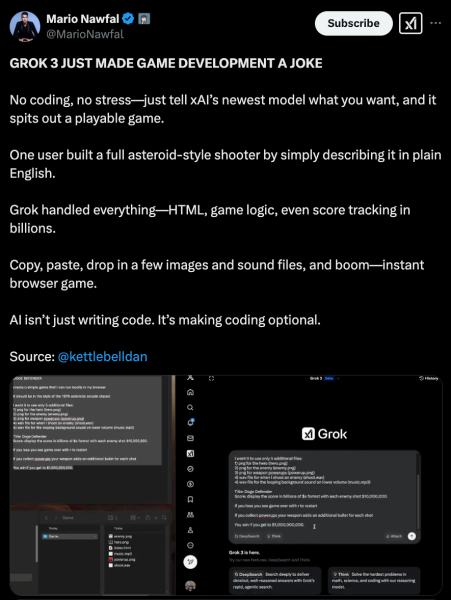

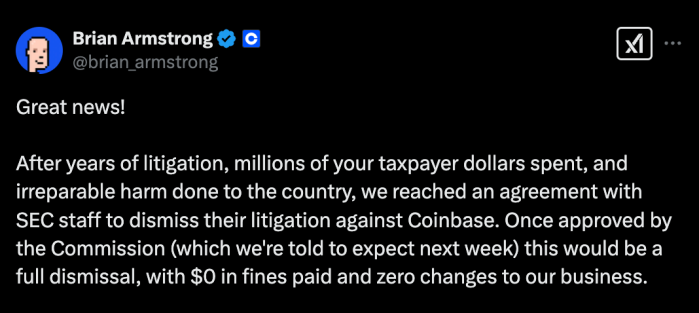

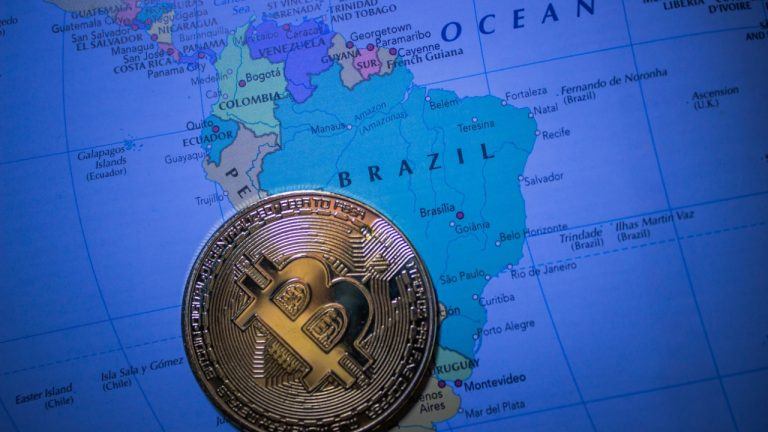
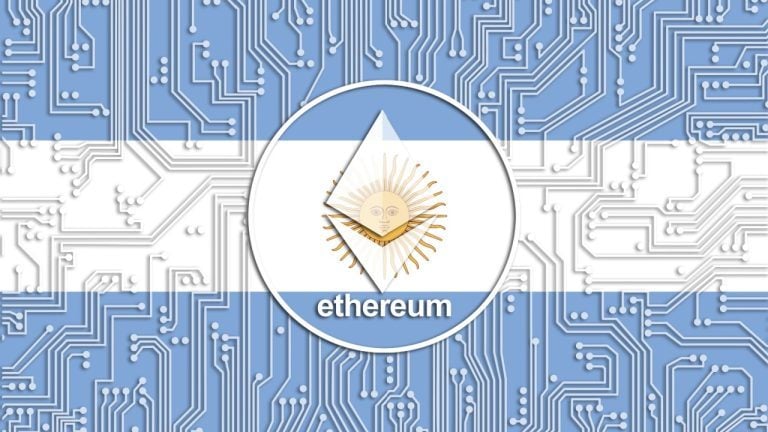






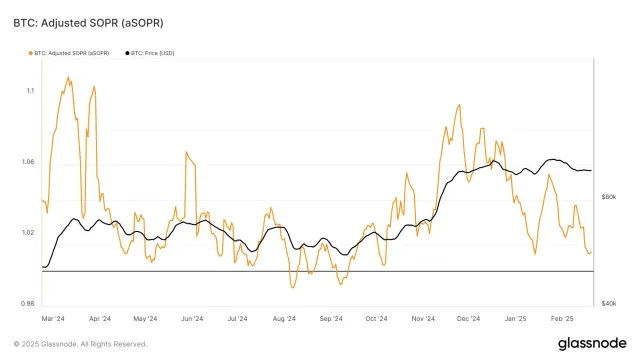
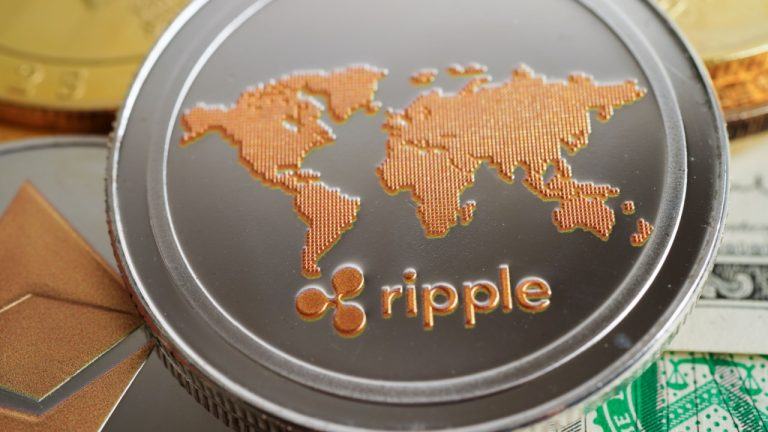
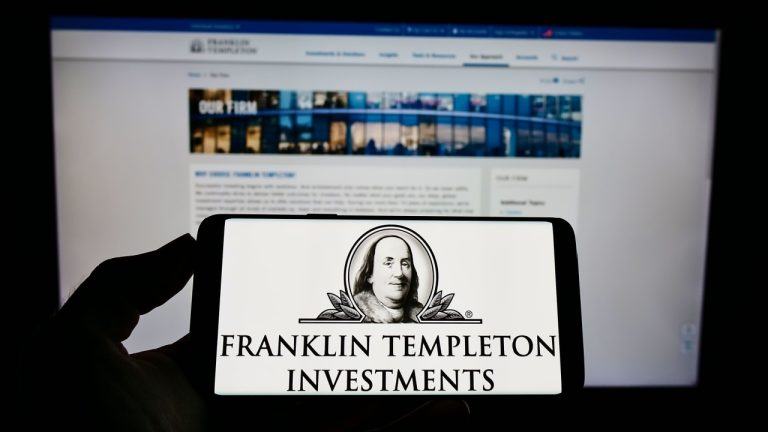
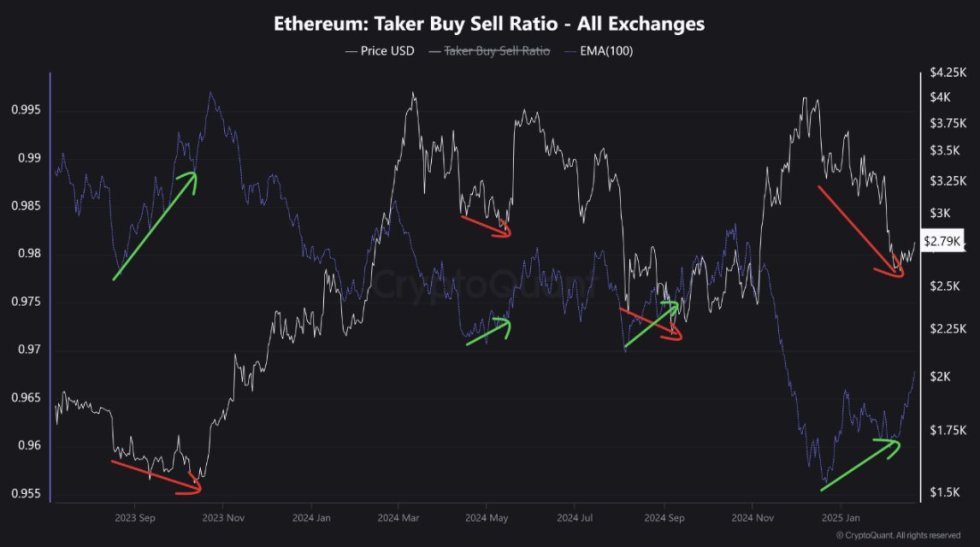
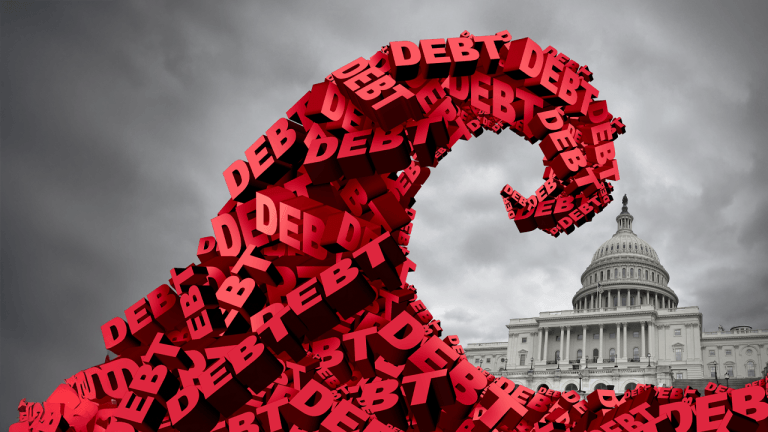
Comments